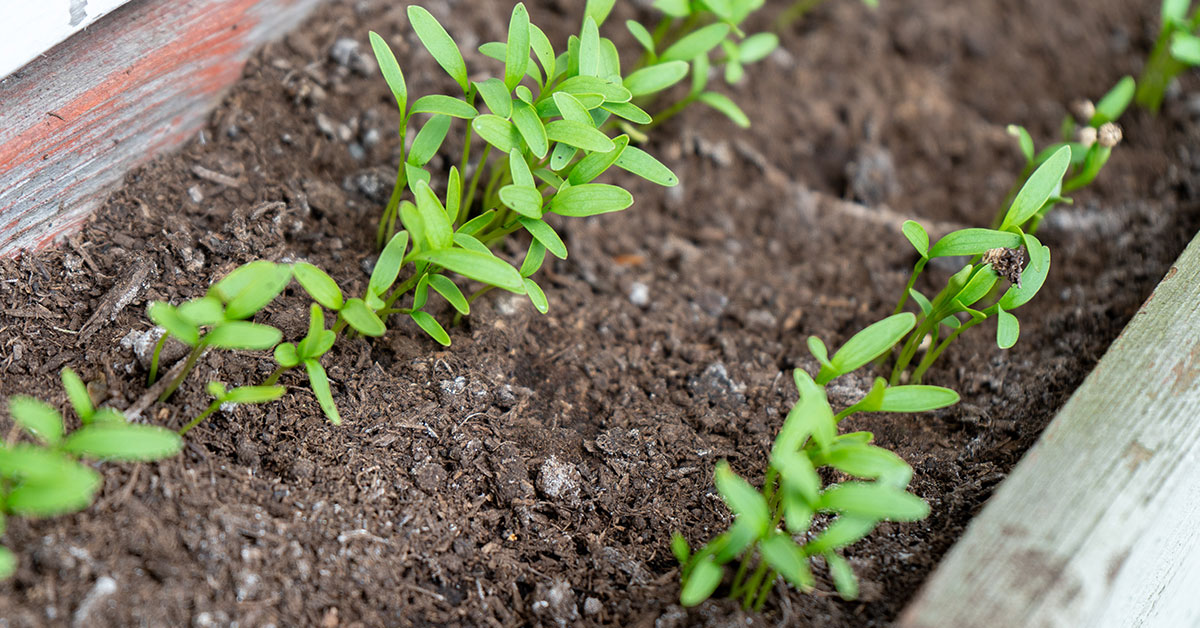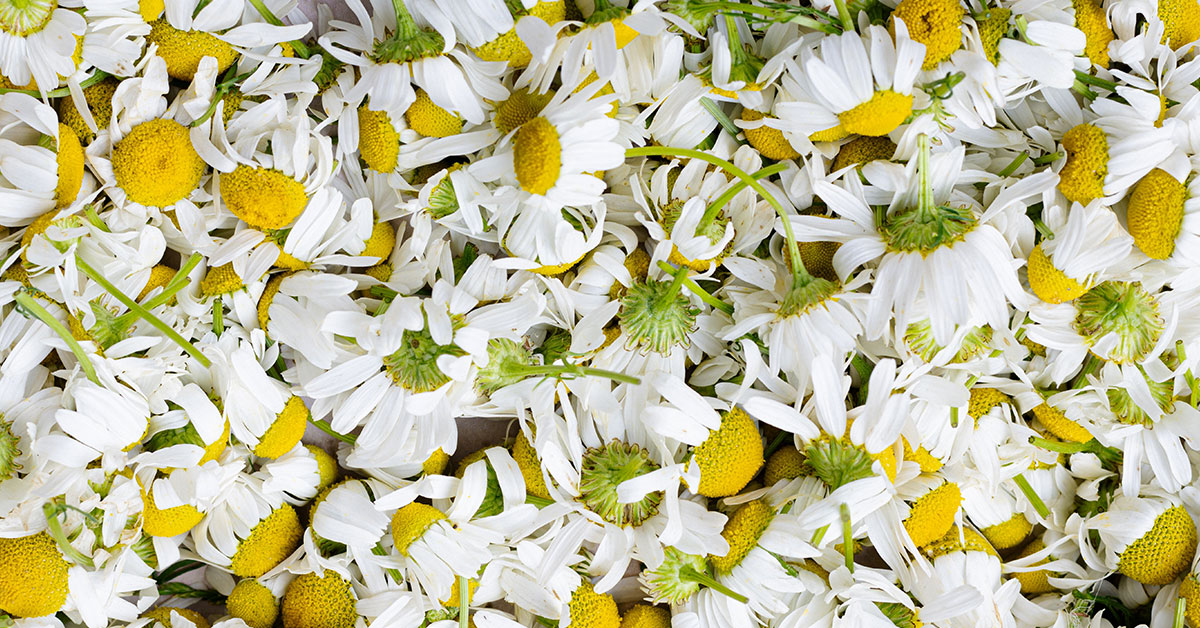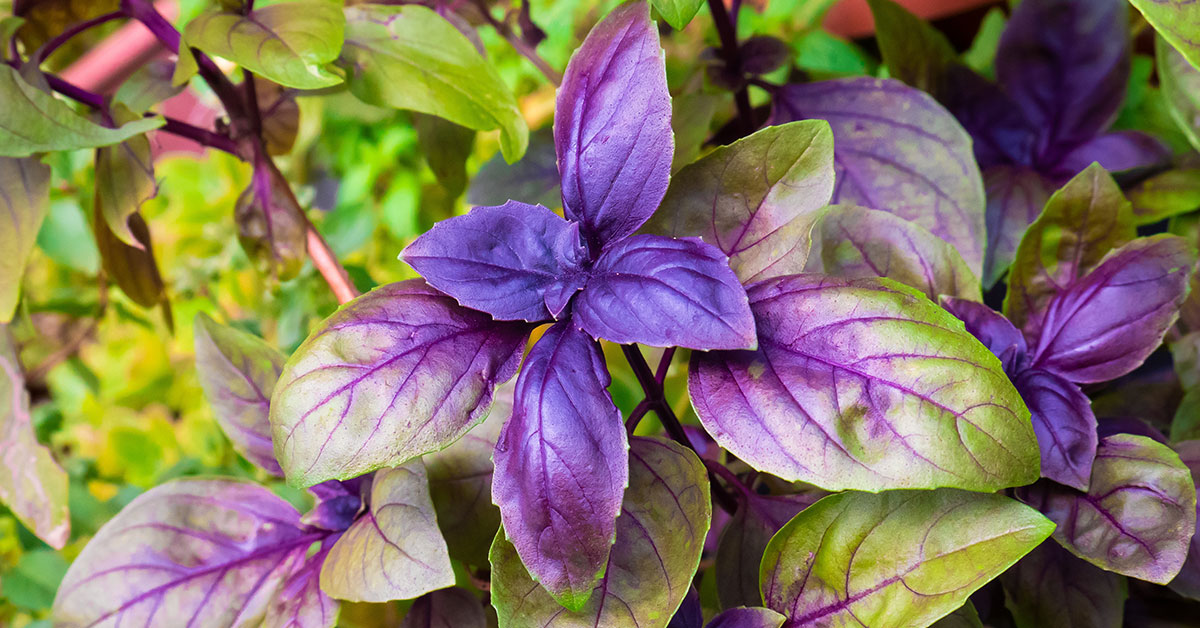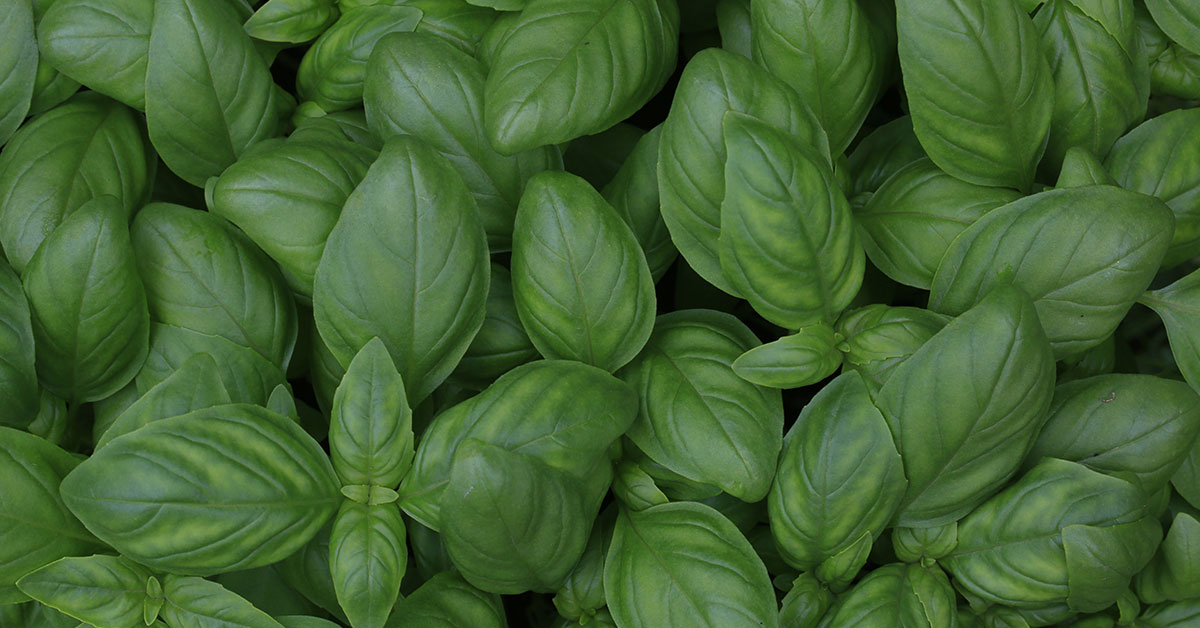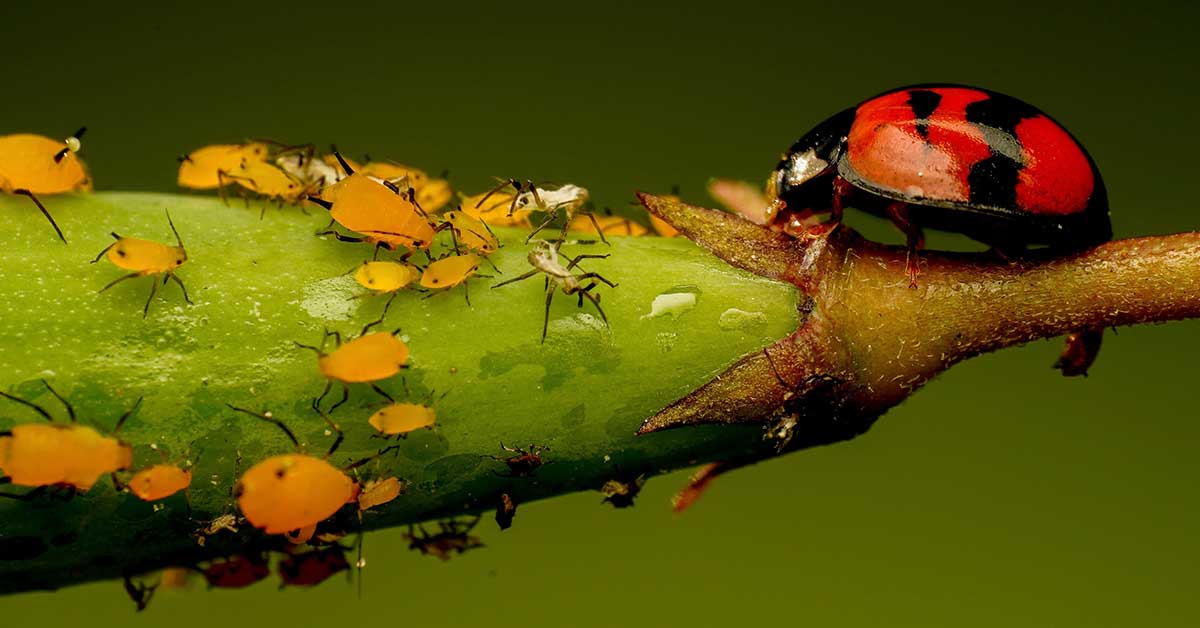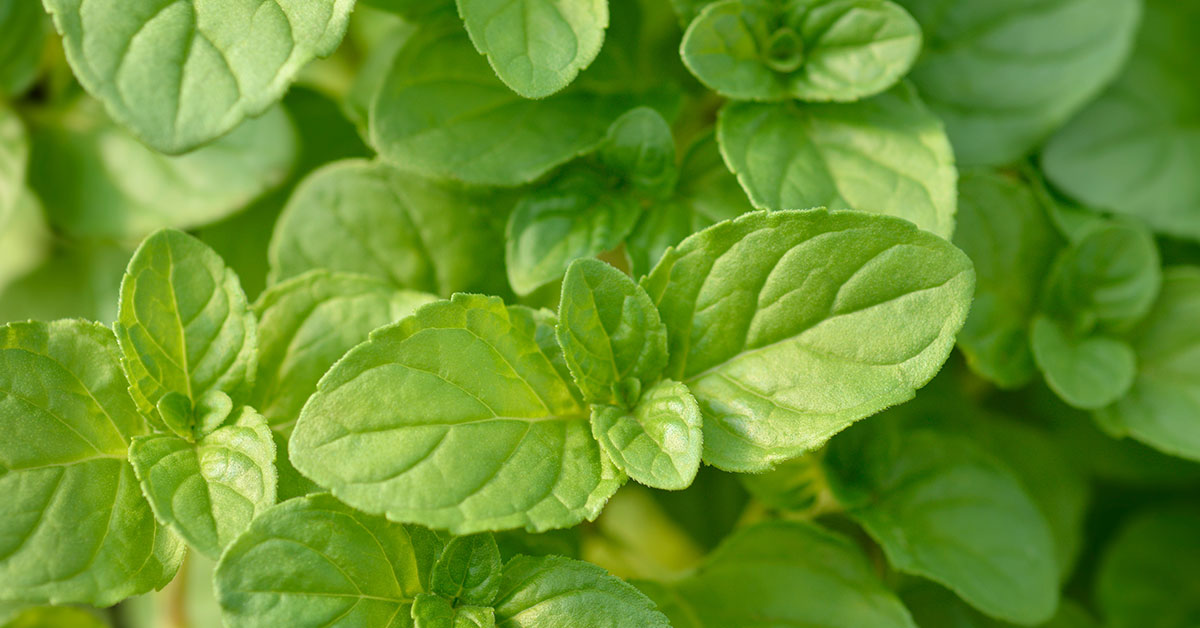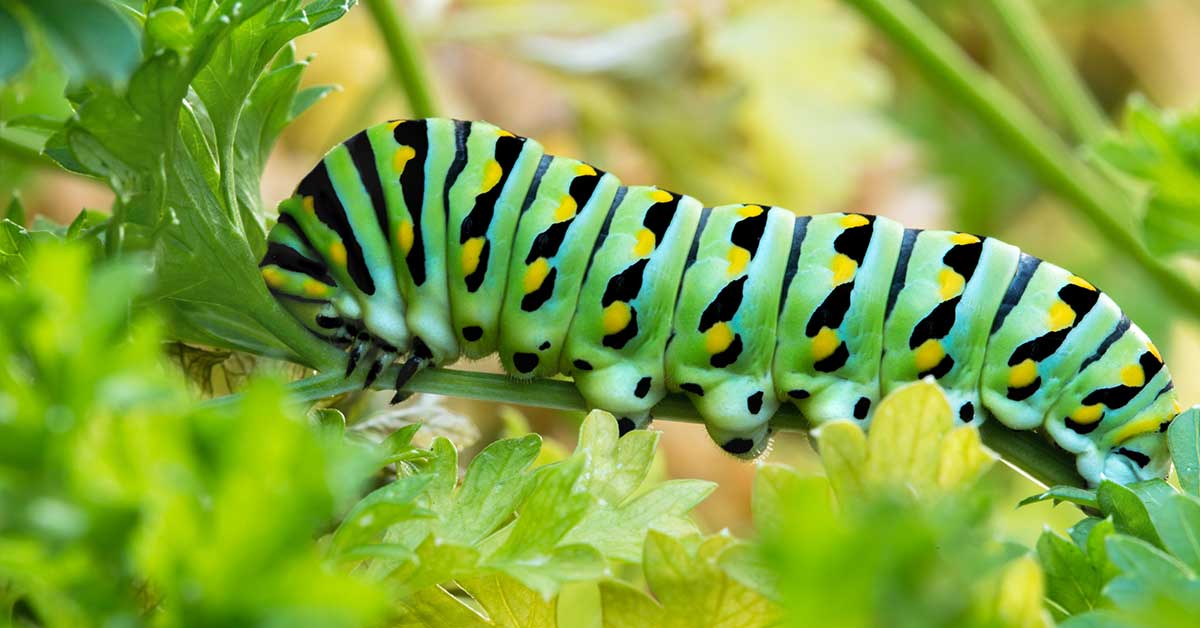Welcome to the world of gardening in New Zealand! If you’re a fan of fresh and vibrant flavors in your culinary creations, then cilantro is an herb you definitely want to have in your garden. Known for its distinctive taste and versatility, cilantro adds a delightful twist to a wide range of dishes, from Mexican salsas to Asian stir-fries. However, to ensure a successful harvest, it’s crucial to know the right time to plant cilantro in New Zealand.
With its temperate climate and unique growing conditions, this beautiful country offers an ideal environment for cilantro cultivation. In this article, we will explore the best times to sow cilantro seeds, the optimal growing conditions, and some useful tips to help you achieve a bountiful harvest of this aromatic herb. So, let’s dive in and discover the secrets of growing cilantro in New Zealand!
Best varieties of Cilantro to grow in New Zealand
In New Zealand, the term “cilantro” is often used interchangeably with “coriander,” referring to both the leaves and seeds of the plant. The best varieties of cilantro/coriander to grow in New Zealand are:
- Santo: Santo is a popular variety that grows well in New Zealand’s climate. It has a good leaf-to-stem ratio and produces abundant foliage.
- Leisure: Leisure is another variety that thrives in New Zealand. It has a strong flavor and is known for its vigorous growth and resistance to bolting.
- Calypso: Calypso is a slow-bolting variety that is well-suited for New Zealand’s temperate climate. It produces large, flavorful leaves and is a favorite among gardeners.
- Slow Bolt: As the name suggests, Slow Bolt is a variety that takes longer to bolt or go to seed. This characteristic makes it ideal for New Zealand’s cooler regions, where it can be grown for an extended period.
- Delfino: Delfino is a unique variety with feathery, fern-like leaves. It has a strong flavor and is a great choice for both culinary and ornamental purposes.
When growing cilantro/coriander in New Zealand, it’s important to provide well-drained soil, regular watering, and partial shade during the hotter months to prevent bolting. Additionally, succession planting every few weeks can ensure a continuous harvest throughout the growing season.
When to plant Cilantro in New Zealand
The best time to plant cilantro (Coriandrum sativum) in New Zealand is during the cooler months, from late summer to early autumn (February to April). Cilantro prefers cooler temperatures and can bolt (go to seed) quickly in hot weather, so it is best to avoid planting it during the warmer months. By planting in late summer or early autumn, you can take advantage of the milder temperatures and ensure a longer growing season for your cilantro plants.
When to harvest Cilantro in New Zealand
Cilantro, also known as coriander, can be harvested in New Zealand during the summer months. The best time to harvest cilantro is when the plant has reached a height of about 6-8 inches (15-20 cm) and has developed a good amount of foliage.
It is important to harvest cilantro before it starts to bolt, which means when it starts to produce flowers and go to seed. Once cilantro bolts, the leaves become less flavorful and the plant focuses its energy on seed production rather than leaf growth.
In New Zealand, the summer months typically range from December to February. Therefore, it is recommended to sow cilantro seeds in early spring, around September or October, to ensure a good harvest during the summer season.
To harvest cilantro, simply cut the outer leaves with a pair of scissors or pinch them off at the base of the stem. This will encourage the plant to continue producing new leaves for future harvests.
Other considerations
When growing cilantro in New Zealand, there are a few important considerations to keep in mind:
- Climate: Cilantro prefers cooler temperatures and can bolt (go to seed) quickly in hot weather. In New Zealand, it is best to grow cilantro in the cooler months, such as spring and autumn, to avoid bolting.
- Soil: Cilantro prefers well-draining soil that is rich in organic matter. Before planting, amend the soil with compost or well-rotted manure to improve its fertility and drainage.
- Sunlight: Cilantro grows best in full sun to partial shade. Ensure that the plants receive at least 4-6 hours of direct sunlight each day.
- Watering: Cilantro requires regular watering to keep the soil consistently moist. However, be cautious not to overwater, as cilantro can be prone to root rot. Water deeply when the top inch of soil feels dry.
- Planting: Cilantro can be grown from seeds or seedlings. If starting from seeds, sow them directly into the garden bed, as cilantro has a delicate root system and does not transplant well. Plant the seeds about 1/4 inch deep and space them 6-8 inches apart.
- Companion planting: Cilantro can benefit from companion planting with other herbs such as dill, parsley, and basil. These herbs can help deter pests and attract beneficial insects.
- Harvesting: Cilantro leaves can be harvested once the plants reach about 6 inches in height. Harvest the outer leaves first, leaving the inner ones to continue growing. Regular harvesting will encourage bushier growth.
- Pests and diseases: Cilantro is generally resistant to pests and diseases. However, keep an eye out for aphids, slugs, and snails. If necessary, use organic pest control methods such as handpicking or spraying with a mild soap solution.
By considering these factors, you can successfully grow cilantro in New Zealand and enjoy its fresh, aromatic leaves in your cooking.
